Storm Clean-Up 101: Task Lists for Homeowners
Posted in Gardening Tips on February 26 2013, by Sonia Uyterhoeven
Sonia Uyterhoeven is the NYBG’s Gardener for Public Education.
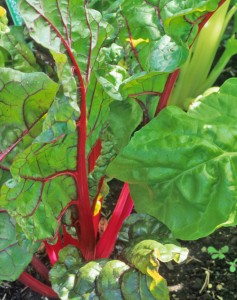
In January of last year, I wrote a series of blog entries on “Snow-tober: No Tree Left Behind,” followed by a blog series on “Winter Injury.” These blogs chronicled the devastating October snow storm and the erratic weather that we experienced during the later months of 2011. My discussion at the time focused on the extensive damage that The New York Botanical Garden endured, giving homeowners tips on how to assess structural damage on trees and combat winter burn on evergreens.
Since then, Super Storm Sandy has drawn our attention away from the Garden and focused it on coastal areas. Over the past few weeks I have been talking to a number of professionals working in the tri-state area, detailing their personal experiences with the mega storm. This has included experts on soils and trees, garden writers, nurserymen that sell halophytic plants (salt-tolerant plants), and restoration landscape designers.
The energy from this group–individuals who were out on the front line of restoration and remediation–and the enormity of the damage from this storm are mind-boggling. My hope is that these painful lessons will help teach us how to work with and respect nature–particularly when it comes to safeguarding our coastline.
Out of my conversation with the aforementioned professionals came a list of homeowner tasks which I’ve compiled to help home gardeners in our area prepare for–and repair–the damage that comes with storms like Sandy. Afterward, one of my NYBG colleagues will be discussing the importance of coastal habitats, giving advice on how to talk to contractors, while another of our experts has compiled a list of salt-tolerant native plants. And later in the season I will be producing handouts for homeowners on seaside gardens (listing both native and non-native plant options) and rain gardens.
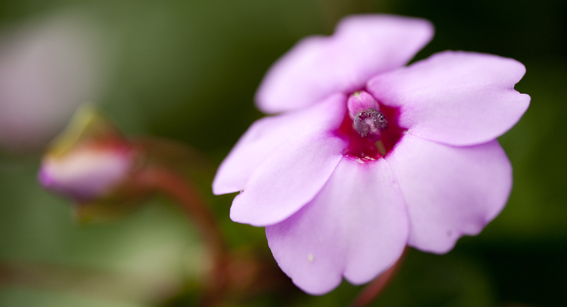
When a large storm hits, generally two thoughts go through homeowner’s heads: will there be considerable tree damage (i.e. will anything fall on my home), and will the yard flood? If there is flooding in your area, there are a few things that you can do to prepare for major weather events in the future, making moves toward creating hurricane-friendly gardens of your own.
If you haven’t been evacuated, make an assessment of your property when it is flooded. There may be some areas on your property that haven’t been affected by a surge–this is your high ground. Other areas may experience flooding with quickly subsiding waters, while in some spots the water will remain for extended periods of time. The flood waters will obey the contours of the land, so observe how the water drains and get to know the high spots and the low spots in your garden.
Make a plan and prioritize accordingly. If you try and tackle your garden clean-up all at once, you will exhaust yourself before you even start. Instead, approach your clean-up so that the process isn’t overwhelming. Make an assessment of what you can reasonably do by yourself, the jobs that may need help from friends and neighbors, and the ones where you should consult a contractor. One approach is to break things down into tasks–e.g. clearing broken branches and debris. Another is to break your garden down into sections and work in a piecemeal fashion.
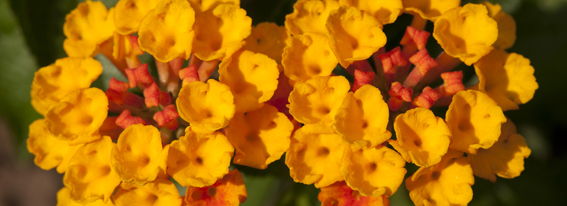
If you live on the coast and are dealing with sand removal, it is often easiest to have contractors come in for large jobs. The sand that is washed onto your property after a severe storm often has too much debris in it for it to be placed back on the beach, or used in your planting beds. One of the professionals I spoke with after Sandy mentioned that sand washed onto beachfront properties in New Jersey was full of broken glass and nails. This sand could be used as fill for heavily eroded areas, but would not be appropriate for surface applications. Good contractors will, of course, know how to dispose of sand.
While some people inherited sand and soil in the last super storm, other homeowners lost large pieces of their property and are currently dealing with washout. The best advice that professionals are giving for this situation is to work with what you have. Hurricanes and storms are part of a natural process that changes the contours of the land on beachfront property. If you are planning on rebuilding your property, work with and not against nature.
If you replace eroded areas with new soil, try and incorporate soil that matches the existing environment–meaning that if have a coastal garden with sandy soil, bring back sandy soil. If you are dealing with areas that have been washed away by strong seas, make sure you incorporate plants that can handle challenging maritime conditions. Use tough native plants to create wind breaks and form natural barriers. Build in some type of erosion control measure; creating a dune habitat around your waterfront property is probably one of the most successful ways of erecting a natural barrier.
If the idea of re-landscaping is overwhelming or cost prohibitive, then there are still a few easy and productive tasks that you can complete this year. One of the professionals that I spoke to had his entire garden flooded and destroyed during Tropical Storm Lee in 2011. He is now engaged in an ongoing process of evaluating and slowly restoring his garden. What astounded him the most, however, was the ferocity in which weeds–many of them invasive–moved in to colonize his garden.
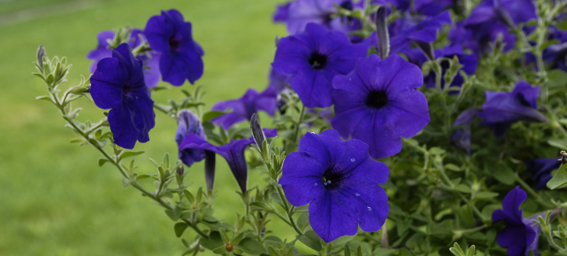
If the idea of spending your summer weekends weeding is unappealing, one thing a gardener can do is plant or sow annuals, or in some instances experiment with cover crops. Annuals can be bought inexpensively in packs of six, or sown from seed. Cover crops are grown and then cut back and incorporated into the soil, adding nutrients and improving soil structure. These are two great space fillers. And after all, would you prefer weeding, or simply growing annuals? The answer is easy.
For those of you who are anxious about salt damage, some salt- and wind-tolerant annuals are:
— High tolerance: lantanas, dusty miller, blanket flowers (Gaillardia), petunias, salvia, sweet alyssum, and purple spiderwort (Tradescantia).
— Medium tolerance: African daisy (Gazania), ageratum, geraniums, marigolds, pansies, pot marigolds (Calendula), caladium, wax begonia, impatiens, star flower (Pentas), heliotrope, and zinnias.
— Relatively salt-tolerant vegetables: asparagus, spinach, kale, mustard greens, Swiss chard, romaine lettuce, arugula, purslane, and beets.
— Cover crops tolerant of slightly saline/sandy soils: barley, rye, buckwheat, forage radish, crimson clover, and blue lupines.
The cover crops listed will help break up compaction, control weeds, and build soil fertility. (See Johnny’s Select Seeds.) Another inexpensive alternative for filling in empty space in your garden is to plant annual rye grass. However, please note that these plants will not survive on the edge of a beachfront property in areas where it is best to recreate a dune habitat. They will be helpful for more protected garden areas that occasionally experience problems during severe weather.
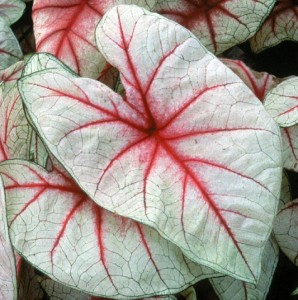
For those of you living directly on the coast, there are a number of beautiful natives and non-natives that can be planted in areas that are exposed to wind, sand, and salt. A few of my favorites are beach plum (Prunus maritima), Virginia rose (Rosa virginiana), bearberry (Arctostaphylos uva-ursi), and northern bay berry (Myrica pensylvanica). Some traditional garden center plants also fare well in seaside gardens, such as Russian sage (Perovskia atriplicifolia), lavender (Lavandula angustifolia), showy aster (Eurybia spectablis), and switch grass (Panicum virgatum).
Now that we have the preparation underway, stop in next week for a checklist of tasks to tackle before and after major coastal storms.


are there any plants that can get salt out of the garden naturally?